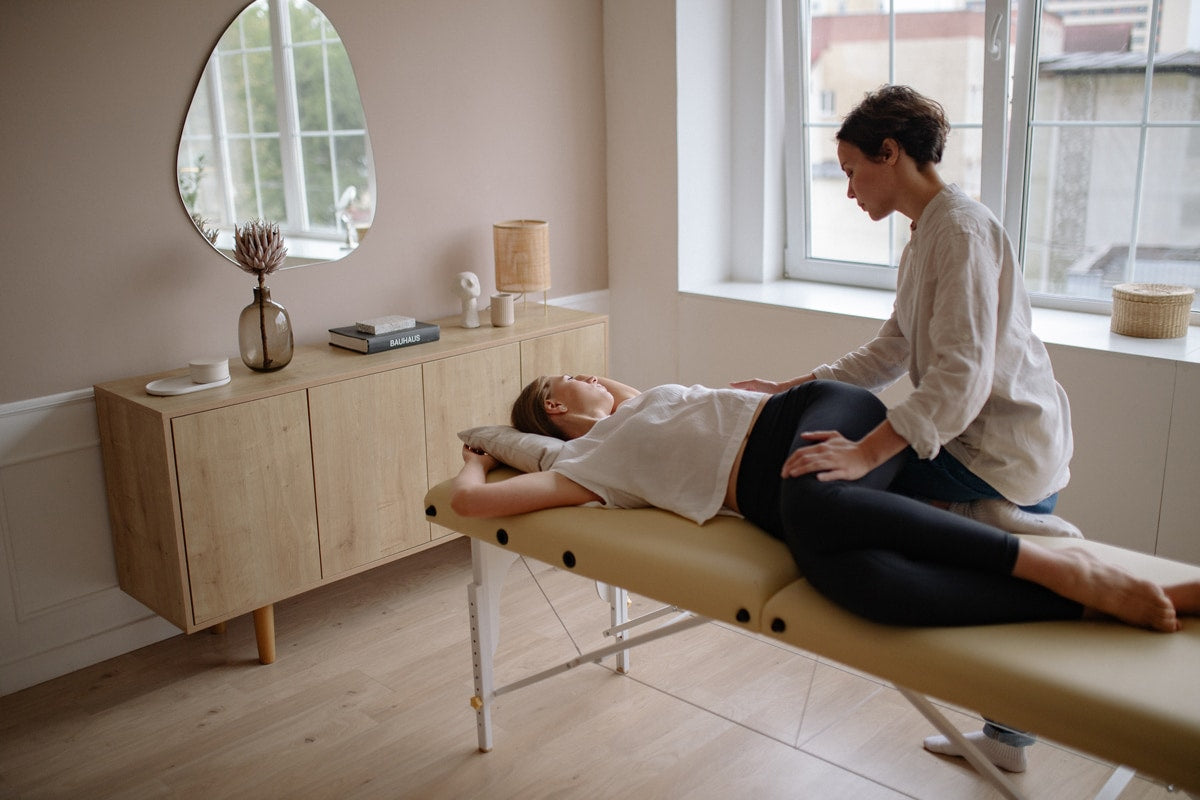Posture is simply how we arrange ourselves in response to gravity, so it seems a simple idea.
The word posture comes from the Latin ponere, meaning "to place", and thus has an innate static quality. But in fact, posture is a dynamic activity, by which we respond to gravity moment to moment, balancing our bony structure with slight muscular activity to avoid tumbling to the ground. And because our position, balance and intent changes constantly, the best posture is always changing. Thus, the search for a single "best posture" is a fool's errand, unless one is willing to accept the answer "That depends...".
What makes one's posture unique
We all have multiple postures, but for most of us our signature posture is how we stand. Our habitual standing posture turns out to be unique to each of us, as individual as a fingerprint. So, it's possible to recognize a friend from a distance by their posture alone even though they are so far away that their face is a blur. Our individual postures differ because our posture reflects our body type, our cultural heritage, our peer group expectations, and our history of injuries, remembered and unremembered. Our posture also reflects our muscular strength; those with weakened core muscles are more inclined to slouch because they are quickly exhausted by the effort involved in balancing themselves against gravity. Finally, our posture expresses how we wish to present ourselves to the world, and so embodies our expectations of ourselves; even our aspirations.
Every culture weighs in on what "good" posture is, often explicitly but always unconsciously. Children mimic the postures of their parents, of course, but their parents reflect the ideals of their culture. Greek statues expressed the ideal posture of that era, and more recently pop stars embody the postures that teens aspire to. Counterintuitively, the “best” posture picked by a culture changes over time, sometimes quite quickly, just as with other fashions.
The connection between posture and health
Posture is more than just cultural, however: it is at root bio-mechanical. That is, posture is how we mediate between staying upright, comfortably, with minimal energy expenditure, and the demands of gravity, which is constantly trying to topple us over. Much of posture is habitual, maintained by reflexes that sustain our posture while our conscious attention is elsewhere. We are free to adopt any posture we wish, of course, but if distracted our reflexes take over and we lapse back into our habitual posture. In this way posture is similar to breathing: both posture and breathing are physiological activities so essential that they are automatically maintained moment to moment by reflexes, but both are also accessible to conscious modification, allowing us to briefly override our reflexes and hold our breath or adopt a new posture.
The posture we adopt is important for our health and our comfort. Because we spend so much of our lives in habitual postures, over time our posture determines the wear and tear on our joints as well as the lengths of our ligaments and tendons. Squatting, for example, is a posture that all young children find comfortable. However, not all cultures preserve squatting as a comfortable resting posture for adults. In Western cultures strikingly few adults are able to squat at all; fewer still are comfortable squatting for an entire lunch break. By contrast, hunter-gatherer tribes such as the Hadza of Tanzania find squatting a convenient way to rest that doesn't require furniture which they in any event lack.
Because the stakes are high, there is a good deal of interest in "good" posture and no shortage of advice. Unfortunately, most recommendations are based more on cultural norms than on anatomical considerations. In his lively book Stand Up Straight! A history of posture (2018) Sander Gilman points out that the Western obsession with straight postures began as an assertion of cultural superiority: the straighter one's posture, the further one was from lower beasts, and "less advanced" cultures. This view led to the contrived postures adopted by military organizations 200 years ago (picture), and draconian restraining devices intended to force children to adopt "good” posture.
Understanding "optimal posture"
While a single optimal posture doesn't exist, the single characteristic that underlies good posture is being balanced. That is, having the body support itself from within using its bony architecture positioned using a minimum of muscular effort. In such a posture one can move easily in any direction, without prepositioning the body. Slight, almost imperceptible, postural sway allows the body to sense and adapt to gravity, recentering itself moment to moment. These sorts of balanced postures are found in many movements and martial arts traditions, such as Tai Chi, Aikido, and Feldenkrais.
Finally, while a single "optimal posture" is a phantasm, some postures are clearly detrimental. And, unfortunately, the primary posture for most of us, sitting slumped in an "ergonomic" chair in front of a computer monitor, is one of these detrimental postures. Chair designers have tried to remedy this by propping us up with backrests, headrests, armrests, footrests, and the coup de grace: lumbar support. Unfortunately, the result of all this support has been more, not less, slumping, so the strategy of supporting ourselves to better posture has been a failure. What's really required is less sitting, and sitting for shorter periods so our natural posture can reassert itself as we walk around a bit to the water cooler or beyond.
So, what is "optimal posture"? Perhaps it's simply the posture that best facilitates the task at hand, with a minimum of muscular effort. It's not easy to write a general description of good posture, but, as Justice Potter Stewart observed in a different context: "I know it when I see it." That is, when we see someone, moving or still, and our impression is one of grace, ease, and elegance, well, that's good posture.
Turner Osler, MD, MSc, Emeritus Professor, Department of Surgery, University of Vermont, CEO QOR360.com
-turner





Leave a comment
All comments are moderated before being published.
This site is protected by reCAPTCHA and the Google Privacy Policy and Terms of Service apply.